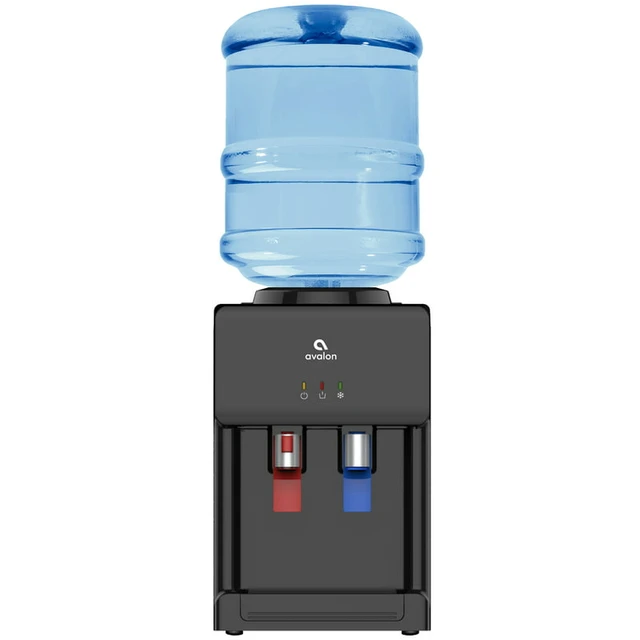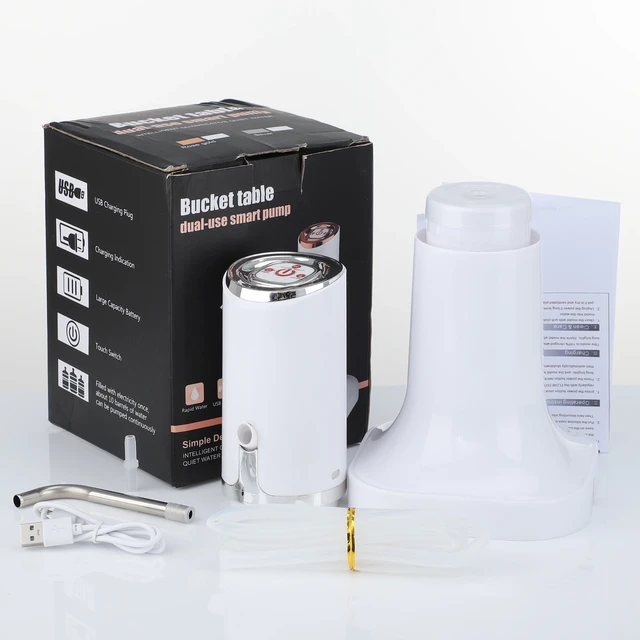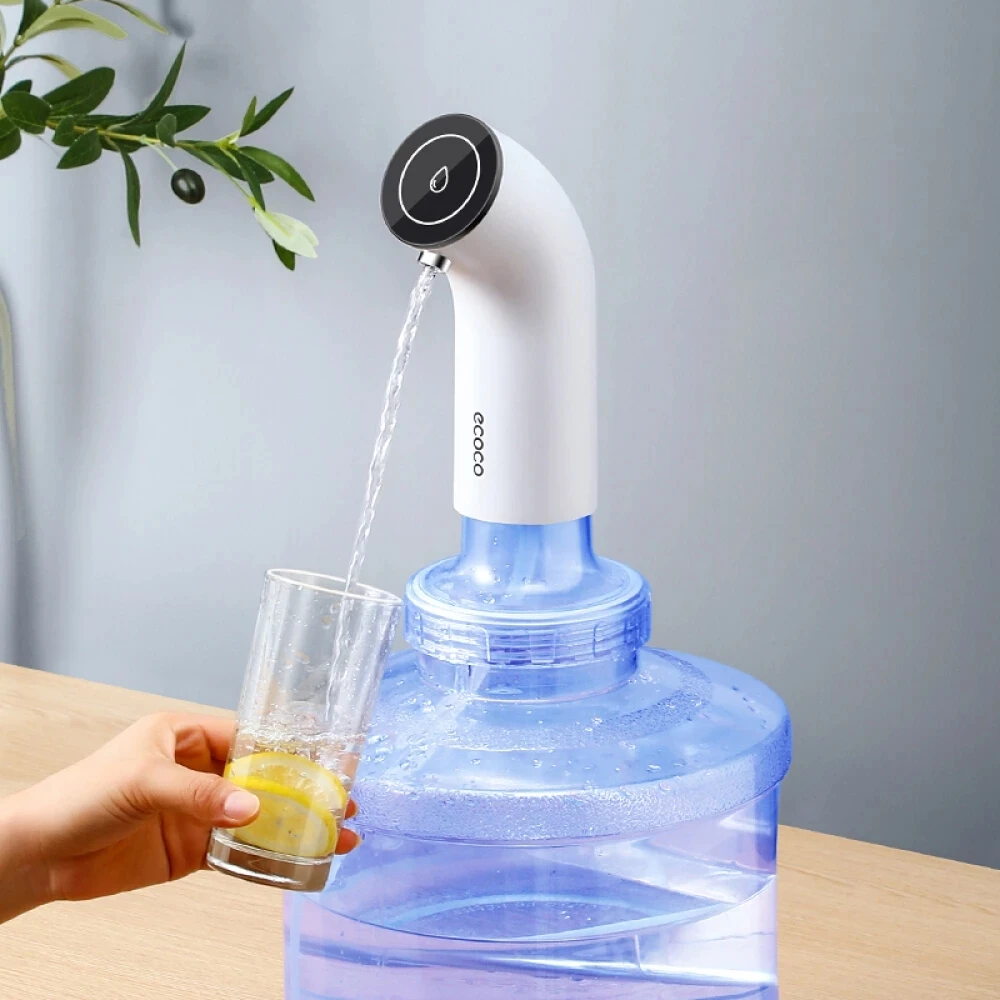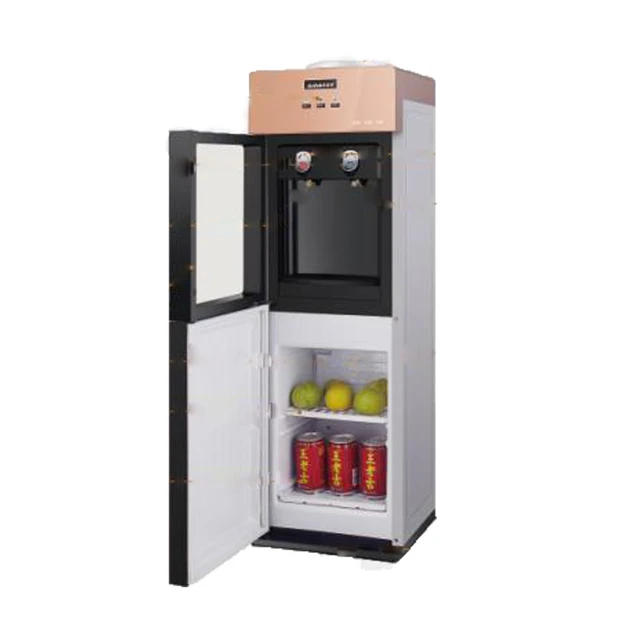Introduction
Primo water dispensers provide a convenient way to access clean and refreshing drinking water. To ensure the best possible water quality and prevent the buildup of bacteria or contaminants, regular cleaning of the Primo water dispenser is essential. In this guide, we will explore how often a Primo water dispenser should be cleaned, outlining specific cleaning schedules and considerations for maintaining optimal cleanliness.

How often should a Primo water dispenser be cleaned?
Initial Cleaning Before Use
1.1. Cleaning New Primo Water Dispensers
Before using a new Primo water dispenser, it is important to perform an initial cleaning. Follow the manufacturer’s instructions provided in the user manual to ensure proper cleaning and preparation of the dispenser. This step helps remove any residues or impurities that might have accumulated during manufacturing or transportation.
1.2. Flushing the System
Flushing the Primo water dispenser initially is crucial to ensure that any excess debris or particles are removed from the system. This can be done by filling the water reservoir with clean water, running water through the taps for several minutes, and then discarding the water.
Regular Cleaning Schedule
2.1. Daily Cleaning Checks
Performing daily cleaning checks is a proactive step to maintain cleanliness and identify any visible dirt, spills, or residue on the exterior of the dispenser. Wipe down the surfaces with a clean cloth or sponge and mild detergent or disinfectant, paying attention to the taps, buttons, and surrounding areas.
2.2. Weekly Cleaning
A weekly cleaning routine helps keep the Primo water dispenser in good condition and prevents the buildup of dirt and contaminants. Follow these steps to perform a thorough cleaning:
Unplug the dispenser from the power source and disconnect the water bottle.
Remove and clean the drip tray, as it can collect spills and debris over time.
Clean the taps or nozzles using a brush or sponge soaked in a mixture of mild detergent or vinegar and warm water.
Wipe down the exterior surfaces of the dispenser, including the body and buttons, using a cloth or sponge dampened with mild detergent or disinfectant.
Rinse all components thoroughly to remove any cleaning residue.
Allow the dispenser to dry completely before reconnecting the water bottle and plugging it back in.

Signs Indicating the Need for Cleaning
3.1. Foul Odors or Tastes
If the water dispensed from the Primo water dispenser has an unpleasant taste or odor, it may be an indication of bacterial growth or contamination. In such cases, immediate cleaning is necessary to eliminate any potential health risks and restore the quality of the water.
3.2. Visible Sediment or Discoloration
The presence of visible sediment or discoloration in the water, or in the dispenser itself, is an obvious sign that cleaning is required. Sediment buildup can clog the dispenser or affect the taste and quality of the water, necessitating a thorough cleaning to remove any accumulated debris.
Additional Cleaning Considerations
4.1. Water Source Considerations
Water quality and source play a vital role in the maintenance of the Primo water dispenser. If the water supply used in the dispenser is known to contain high levels of impurities or sediment, more frequent cleaning may be required. It is advisable to follow the manufacturer’s recommendations and consult water testing professionals or local authorities to ensure that the water source is safe and meets quality standards.
4.2. Seasonal Changes and Usage Frequency
The frequency of cleaning is influenced by seasonal changes and the frequency of usage. In high-demand seasons or during periods of increased usage, such as holidays or gatherings, the dispenser may require more frequent cleaning to keep up with the demand and prevent bacterial growth.
4.3. Regular Filter Replacements
If the Primo water dispenser is equipped with a filtration system, regular filter replacements are essential. Follow the manufacturer’s recommendations for filter replacement schedules to maintain optimal filtration efficiency and prevent the buildup of contaminants.

Maintenance Tips for Cleanliness
5.1. Hygiene Practices
Maintaining hygiene practices while using the Primo water dispenser is equally important in preventing contamination. Encourage users to wash their hands before accessing the dispenser, avoid touching the dispenser spigots directly with dirty hands or containers, and refrain from letting the water tap come into contact with the water bottle or other surfaces.
5.2. Spill and Leak Cleanup
Promptly clean up any spills or leaks around the Primo water dispenser to prevent the accumulation of moisture, which can lead to mold or bacterial growth. Absorb spills using a clean cloth or paper towel, and disinfect the area with a suitable cleaning agent.
5.3. Regular Inspection
Regularly inspect the dispenser for any signs of wear, damage, or malfunction that may compromise its cleanliness or operation. Pay attention to components such as seals, hoses, or filters, as deteriorated or worn parts may require replacement.
Professional Servicing and Maintenance
7.1. Periodic Professional Servicing
In addition to regular cleaning performed by the user, periodic professional servicing of the Primo water dispenser is recommended. Professional technicians can conduct thorough inspections, deep cleanings, and maintenance tasks that may require specialized tools or expertise. This ensures that the dispenser operates optimally and remains in good condition.
7.2. Filter Replacements and Upgrades
Professional servicing also provides an opportunity to replace or upgrade the filtration system in the Primo water dispenser. Technicians can recommend the appropriate filters based on water quality or specific needs, ensuring that the dispenser continues to provide clean and great-tasting water.

Safety and Health Considerations
8.1. Sanitary Precautions
Maintaining proper sanitation and hygiene practices is crucial when using a Primo water dispenser. Users should wash their hands before handling the dispenser or filling water bottles. Additionally, if someone in the household or workplace is sick or has a contagious illness, appropriate precautions should be taken to avoid cross-contamination.
8.2. Bacterial Growth and Legionella Risk
Regular cleaning of the Primo water dispenser helps prevent bacterial growth and reduces the risk of Legionella, a bacteria that can cause Legionnaires’ disease. Following cleaning guidelines and schedules ensures that the dispenser remains free from harmful bacteria and provides safe drinking water.

Conclusion
Maintaining cleanliness in a Primo water dispenser is essential for ensuring the quality and safety of the dispensed water. Daily cleaning checks, weekly cleanings, and immediate attention to signs of contamination or impurities help maintain optimal cleanliness. Considerations such as water source, usage frequency, and seasonal changes influence the cleaning frequency. Regular filter replacements, hygiene practices, and proactive spill cleanup contribute to the overall cleanliness and hygiene of the dispenser. By following these guidelines and incorporating regular cleaning as part of the maintenance routine, users can enjoy clean and refreshing water from their Primo water dispensers.

